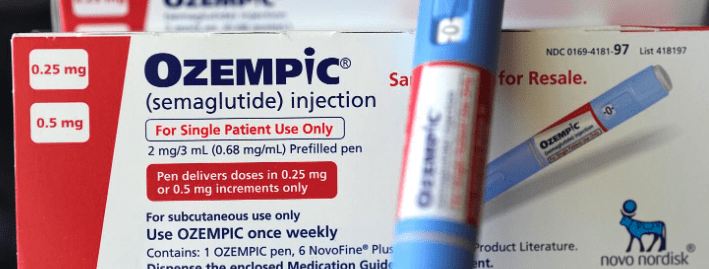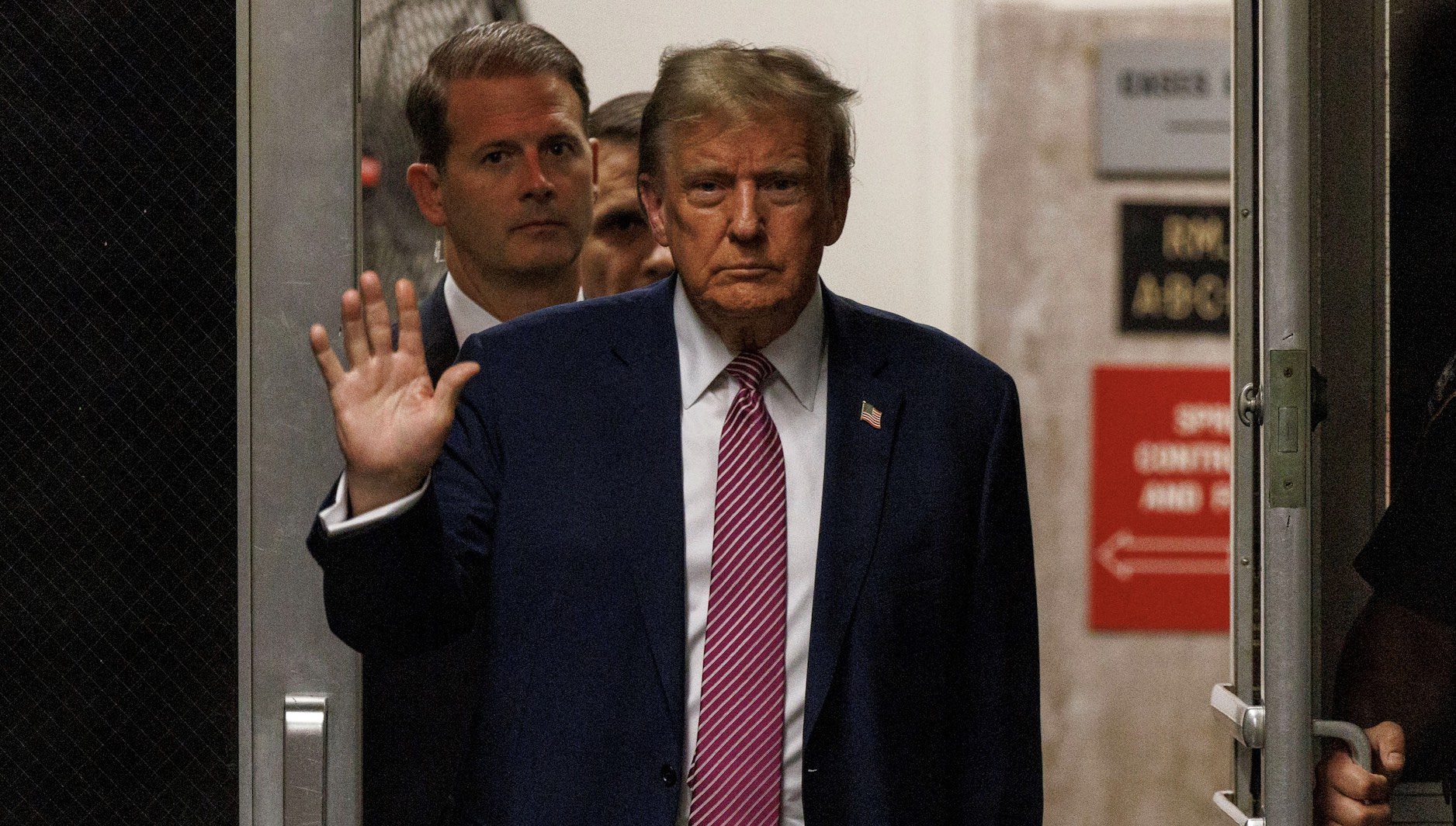News
Judge dismisses lawsuit against New York Times
-



 Shows10 hours ago
Shows10 hours agoAre ‘forever chemicals’ turning us into the ‘The Walking Dead’?
-



 Tech3 days ago
Tech3 days agoTikTok launches Instagram competitor ‘Notes’
-



 News1 day ago
News1 day agoASEAN emerging as new global economic power?
-



 News5 days ago
News5 days agoWhy are Americans moving abroad?
-



 News3 days ago
News3 days agoAI tracks enigmatic cancers back to origins in new study
-



 Tech2 days ago
Tech2 days agoTesla is slashing prices to stay competitive
-



 News3 days ago
News3 days agoSurprising Netflix subscriber surge despite price hikes
-



 News1 day ago
News1 day agoInvestors assess geopolitical risks amidst tensions















